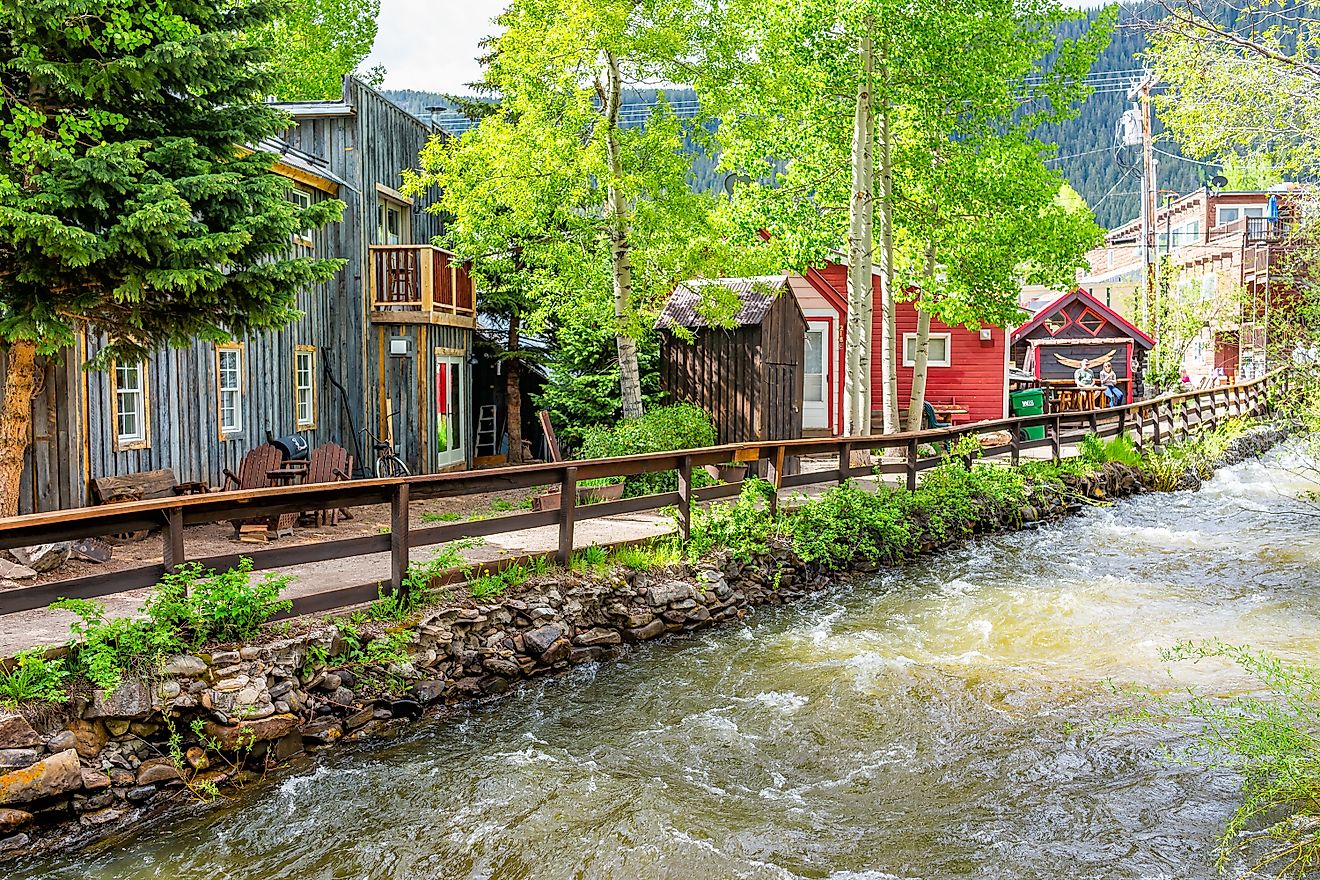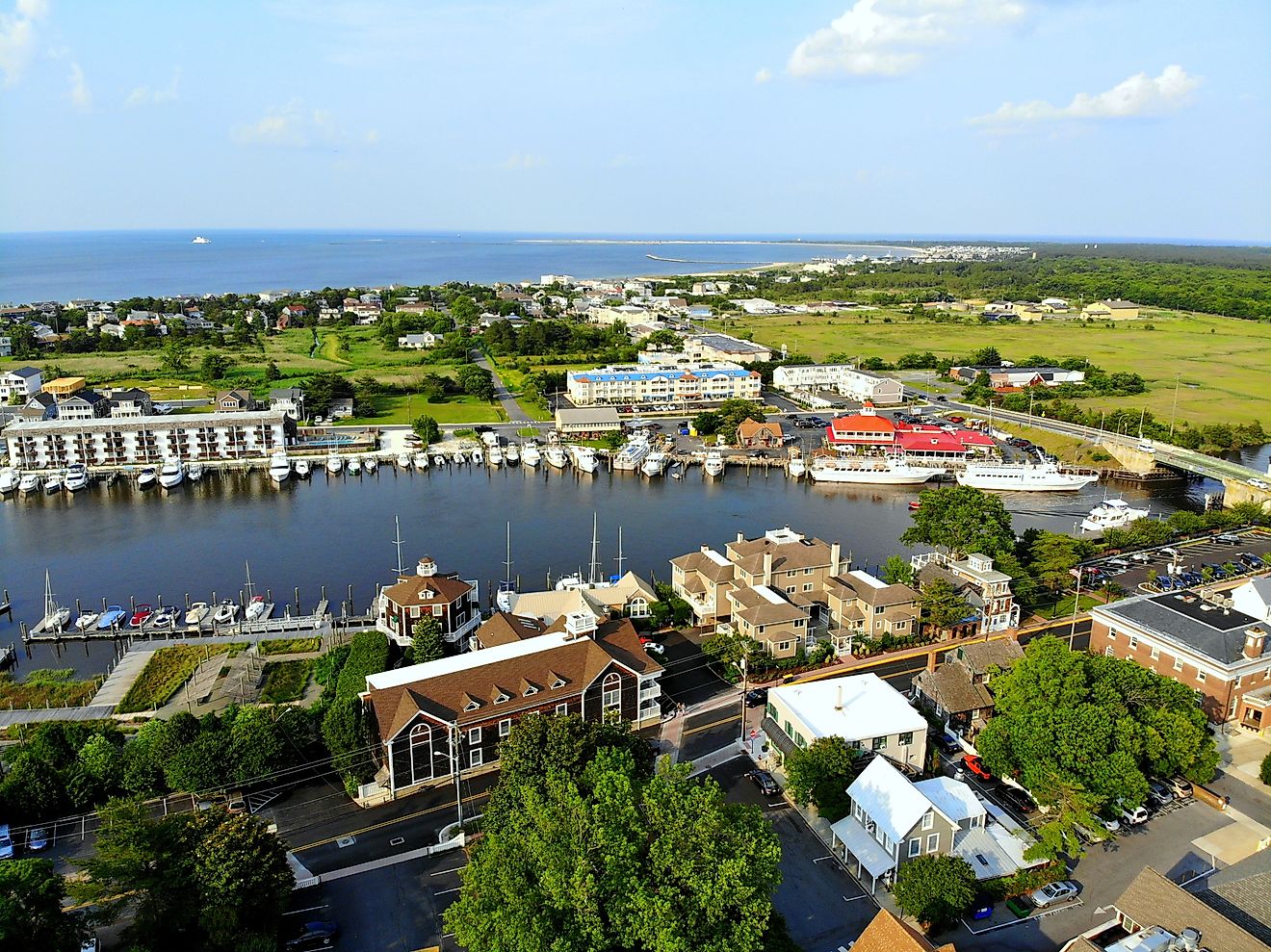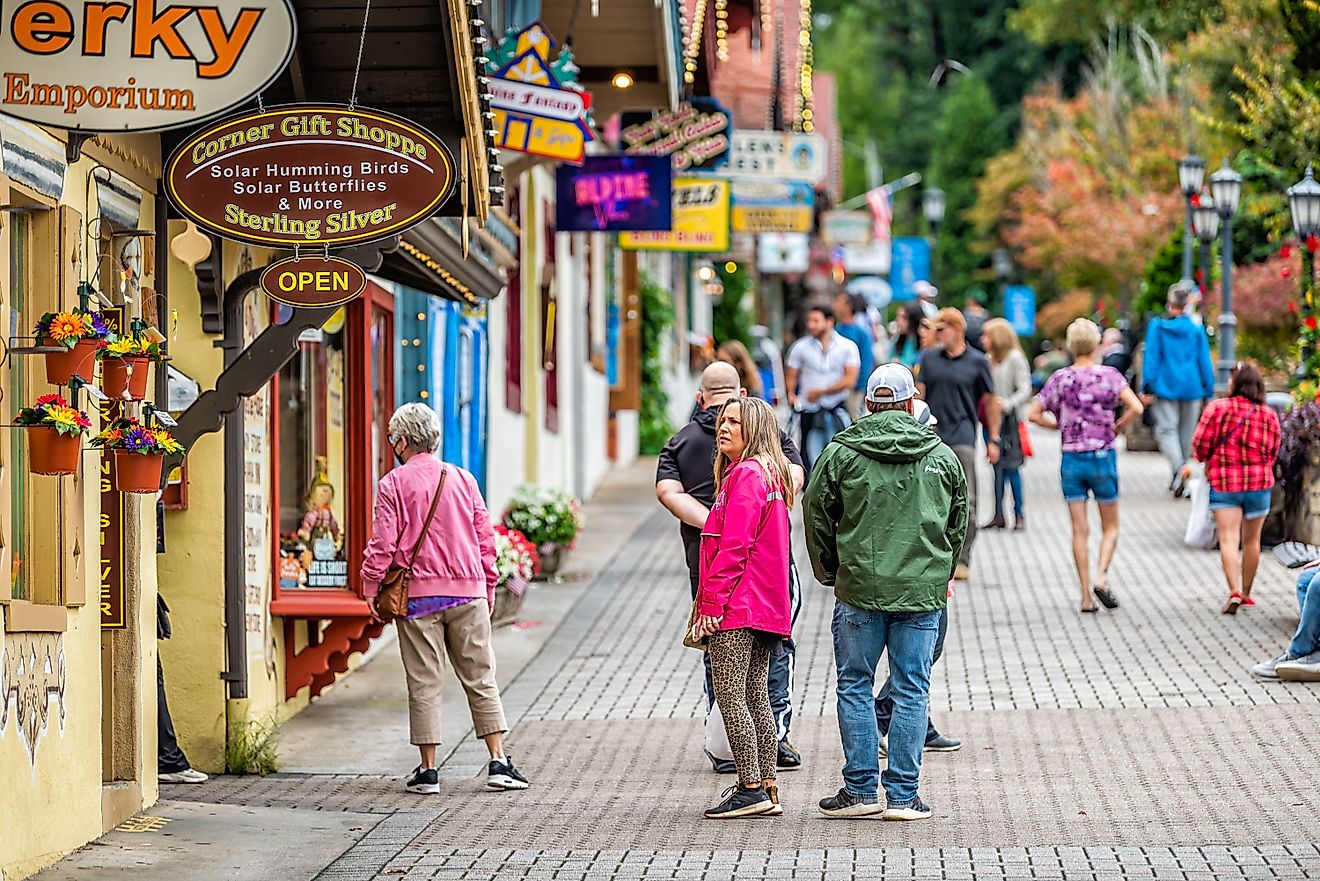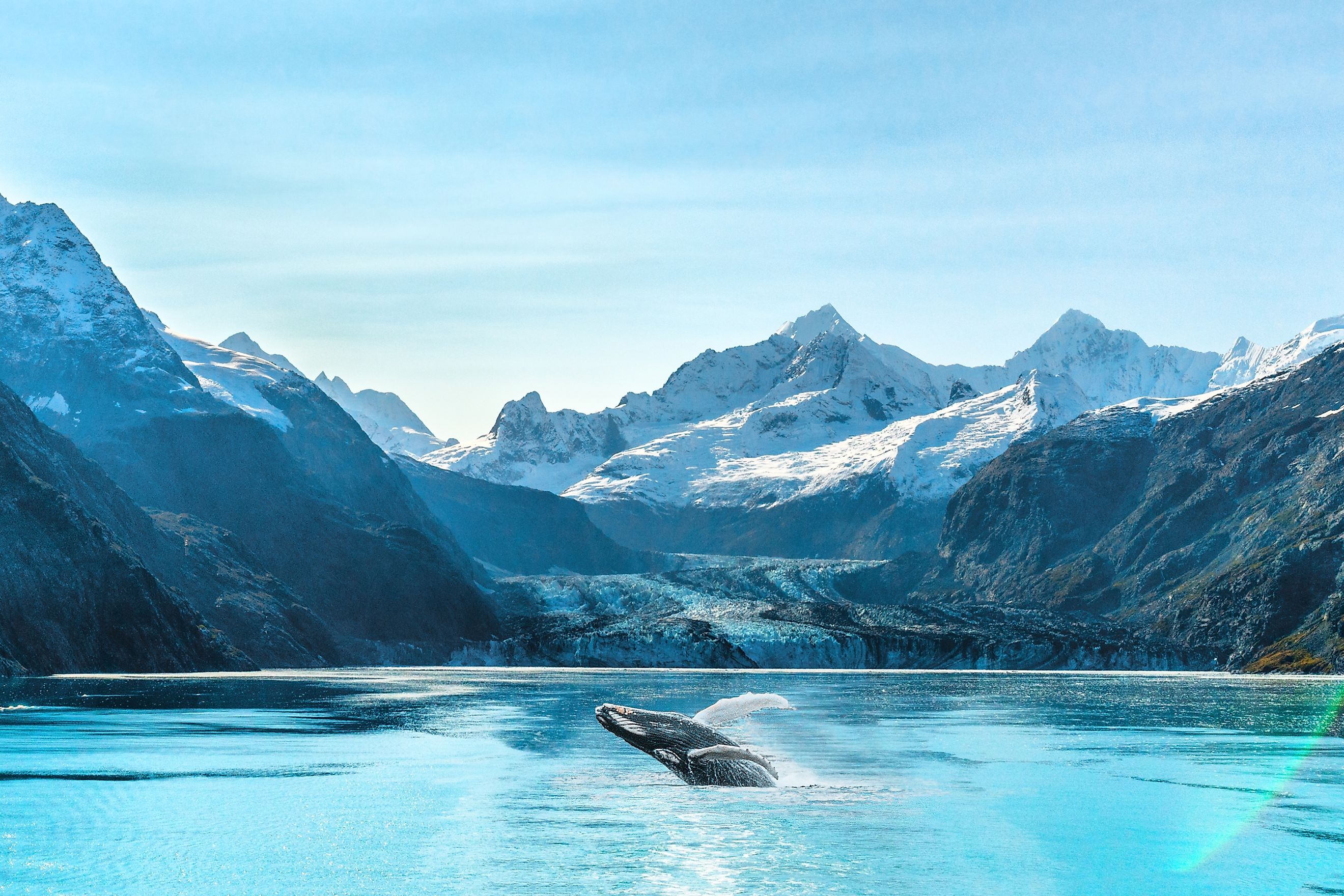
Paddling Through Calving Giants in Glacier Bay National Park’s Silent Fjords
Glacier Bay National Park and Preserve covers a sizable, wonderful piece of southeastern Alaska that encompasses vast swathes of coastline, glaciers, and temperate rainforest. This remote expanse, accessible primarily by boat or plane, is one of the few places on Earth where you can witness the dynamic process of glacial retreat and rebirth in real time, as well as the exciting chance to see calving chunks of ice plunge into the water.
To add to this amazing natural phenomenon, a backdrop of mountain peaks rises above nearby fjords, ones that were buried in ice just a couple of centuries ago. This gives you a rare opportunity to intimately observe how these enormous fields of ice affect the landscapes they traverse.
Join us today as we break down how best you can explore this must-visit national park, namely via an oceanic kayak excursion, and highlight a bit more of its fascinating natural and human histories.
A Land Deeply Shaped by Water In All Its Forms

The park covers more than 3.2 million acres, much of it shaped by the iconic glaciers that have carved its valleys and inlets into mainland Alaska. At the heart of the park lies Glacier Bay itself, a 65-mile-long fjord system that has taken its current form over the past 200 years as massive glaciers rapidly retreated, exposing new terrain and fresh marine habitats to be explored by man and animal alike.
Further inland, the Fairweather Range lines the park’s western edge, with peaks exceeding 15,000 feet, including Mount Fairweather, one of the tallest coastal mountains in the world at 15,300 feet. Glacier Bay National Park's interior also holds remnants of the immense Brady and Grand Pacific Glaciers, as well as vast tundra zones and glacial-fed rivers that feed into the bay.
Moreover, the eastern portion is more exemplified by its dense temperate rainforest, which is sustained by frequent rainfall and the region’s maritime climate. This portion's relatively temperate atmosphere is due to its low elevations paired with its proximity to the mighty Pacific Ocean, which helps maintain surprisingly consistent temperatures throughout the year at a location this far north.
Overall, this combination of ice, sea, and forest creates a rare convergence of ecosystems, making the area a key site for an array of environmental studies, as well as being a lauded destination for natural sightseeing.
A History of Glacier Bay and Its Evolution into a National Park

The recorded human history of the bay begins with the Tlingit people, whose ancestral ties to the land remain strong despite forced relocations caused by advancing ice in the early half of the 18th century. It was eventually entirely glaciated by the time Captain George Vancouver sailed past its mouth in 1794. The late 19th century here then saw renowned naturalist John Muir document dramatic ice retreat, evidencing the park’s rapid transformation into what it has become today.
Established as a national monument in 1925 and later as a national park in 1980, Glacier Bay is now both a UNESCO World Heritage Site and, as mentioned before, a vital place of study for earth sciences. It has, and continues to, offer unparalleled insight into climate, geology, and cultural fields of education. And of course, it has become one of Alaska's most spectacular tourist destinations since.
How You Can Explore Glacier Bay National Park Today
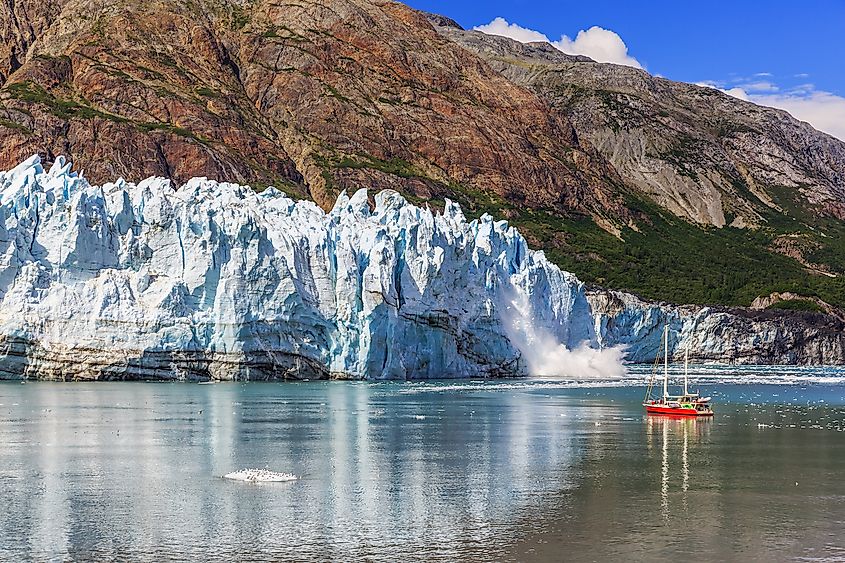
Given its watery nature, the best way to experience Glacier Bay and its landscape is on a boat of some kind. The park does also feature some hiking trails of various lengths and difficulties for those who prefer to explore on land, and a small selection of communities providing necessary waypoints and amenities.
Kayaking
Let's start with what is considered the most unique and interesting way to see Glacier Bay National Park up close. For skilled outdoor enthusiasts, the region offers both challenge and extraordinary access to the seemingly endless wildernesses of Alaska.
When you arrive, you will likely be encouraged to explore in and around the park's glaciers and fjords in sea-worthy kayaks, either in a group excursion or all on your lonesome, with solitude very easy to find here if you want it.
Besides the amazing geological sights, these remote waters are rich with wildlife, like harbor seals, humpback whales, sea otters, puffins, and several other bird species, so be sure to keep your eyes peeled and your camera ready as you paddle along.
Note that permits are required for multi-day backcountry trips, and the park provides detailed guidance for navigating tidal currents, changing weather, and bear safety along shorelines. Bartlett Cove can serve as the main launch site, with some explorers opting to arrange transport deeper into the bay by charter boat.
Cruises and Tour Ships

Cruises and tour ships provide the most common and most convenient way for you to experience Glacier Bay. Each day during the summer season, only two large cruise ships are permitted to enter the bay, helping to limit environmental impact and preserve the pristine natural atmosphere for all.
Ships leaving from the area typically spend the day sailing past the Margerie and Grand Pacific glaciers deep in the bay, where you can observe calving ice and various marine animals from observation decks. You'll often have expert accompaniment, as Park rangers board many of these vessels to provide historic narration, help spot wildlife, and offer educational programs.
Smaller tour vessels, including day boats from Gustavus, can offer more intimate experiences with closer views of glaciers and shoreline activity in other spots.
Hiking

For fit and serious adventurers, hiking in Glacier Bay National Park is less defined by marked trails and more by its raw, undeveloped terrain. Most official hiking spots here are found near Bartlett Cove, where routes like the Forest Loop Trail and Bartlett River Trail wind through rainforests and other gorgeous coastal environments. Beyond this area, however, the park is largely trail-less, that is, unless you are an experienced backcountry hiker, then you have the chance to explore untouched alpine areas, glacial valleys, tidal flats, and more.
Travel on foot may be challenging, with routes often crossing large patches of untamed vegetation, wet muskeg, the domain of some of the largest black, brown, and grizzly bears in the world, and steep, rocky footing. Proper planning, navigation skills, and an understanding of bear safety are essential. But if you do come prepared, the ever-changing landscape of this ancient place can create an escape into the outdoors like no other.
Local Lodging and How to Get to the Park

This national park is not accessible by road, so most visitors arrive by plane or ferry. The primary gateway is the small town of Gustavus, located about 8 miles from the park’s Bartlett Cove visitor area, also home to the Glacier Bay National Park Visitor Center.
Several daily flights connect Gustavus to Juneau during the summer months, and charter flights are also available from other Southeast Alaska towns and Anchorage. The Alaska Marine Highway ferry system provides an alternative option via the water, offering seasonal service for both passengers and vehicles.

Lodging near the park is limited to locales like Glacier Bay Lodge and a handful of other accommodations of varying size and quality within Gustavus. This gateway community also houses some restaurants and cafes, a number of outfitters (mainly for fishing), and, of course, kayak rental shops.
On the other hand, for a more rustic experience, you can book a site at the walk-in campground located near Bartlett Cove. Make sure you bring good rain gear.
